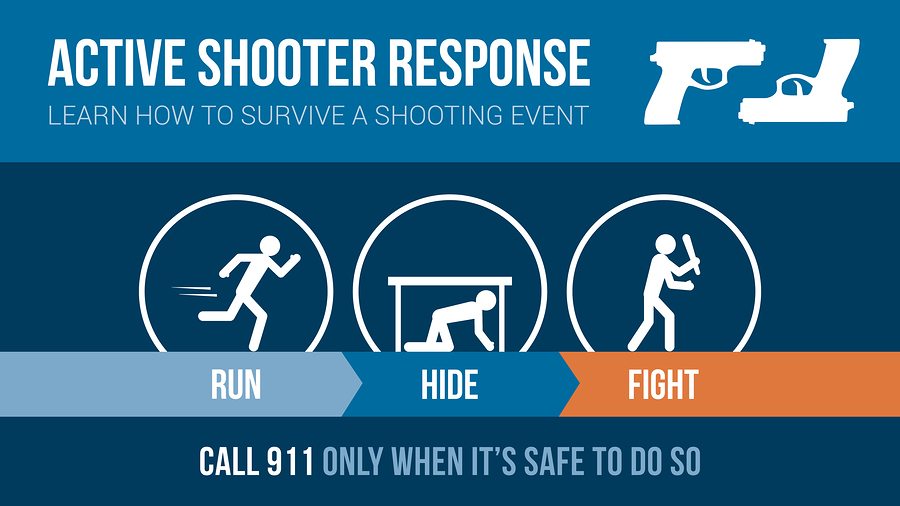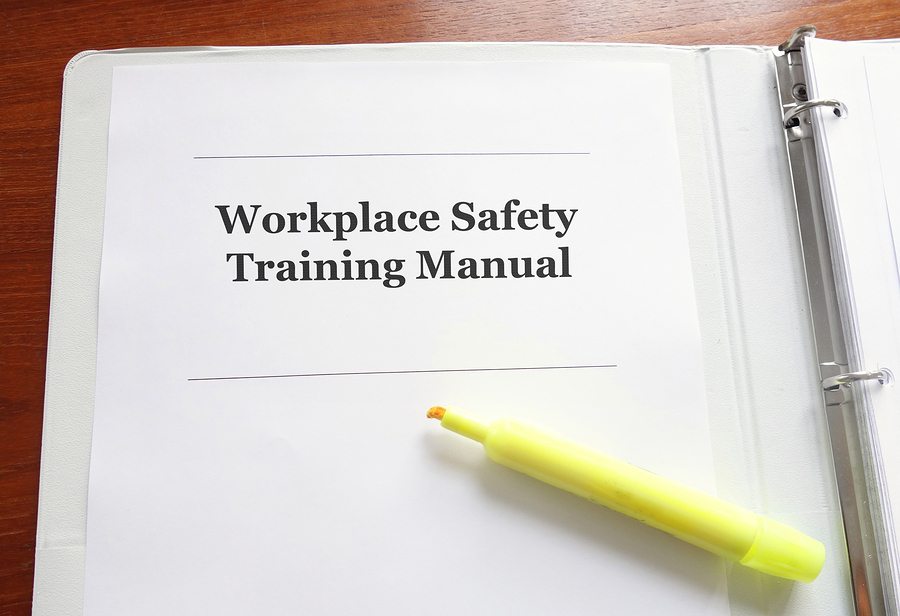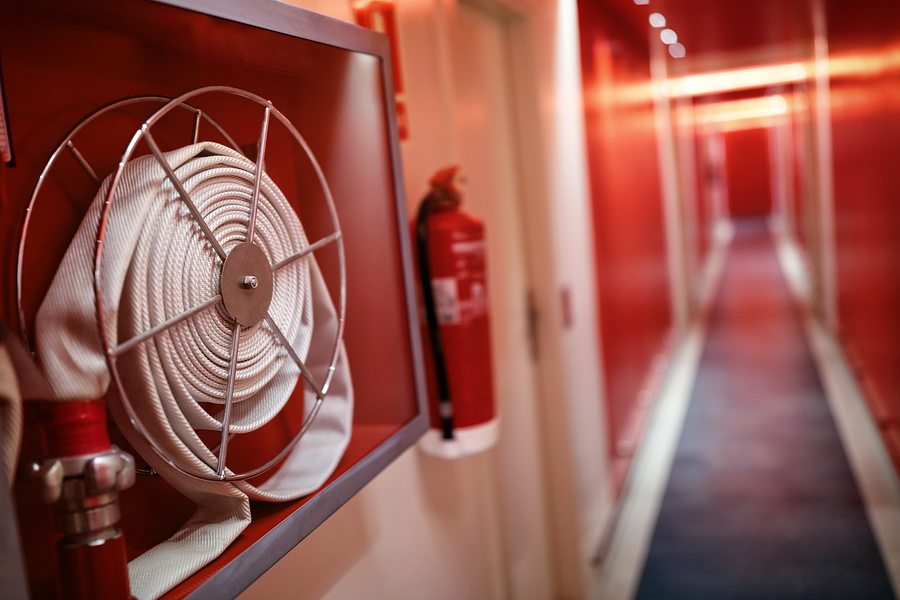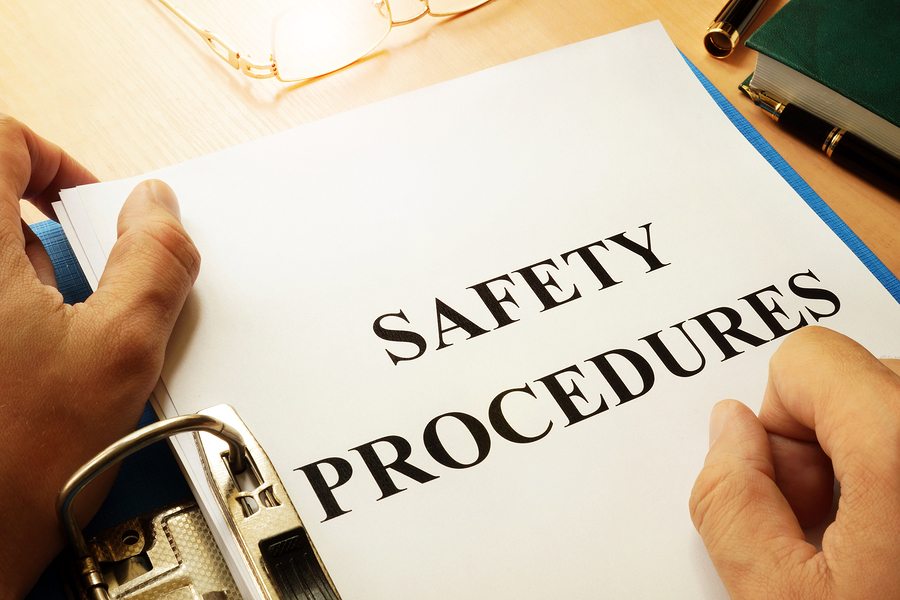Preparing Your Workplace for an Active Shooter
It’s heartbreaking to acknowledge that violence in the workplace occurs. According to the CDC more than 15,000 employees became a workplace homicide victim over the last 20 years. Four-fifths of these injuries were a result of gunfire.
It’s difficult to imagine something like this would occur where you work. Yet nearly half of all shooting incidents take place in commercial locations.
Survivors of active shooting incidents have successfully sued their companies for neglect in not offering defensive training on how to handle such situations. Refusing to address the potential hazards of an energetic shooter in your office might also be a violation of the OSHA Health And Wellness Act.
It’s important to help your staff understand the potential danger of a situation as well as how handle one should it occur.
First, be on the lookout for employees that show signs of:
- Radical changes in behavior.
- Aggressive behavior such as yelling, pushing, or intimidating others.
- Outward aggressive anger toward coworkers or supervisor.
- Increasing frequency of referencing violent actions.
Encourage your staff to be aware of and report these indications to their supervisor, security or police as required.
You should also ensure your staff knows how to stay safe.
Most active shooter incidents happen quickly and last minutes. You need to train your team to be prepared for potential scenarios, as well as when to leave, shelter, or fight in place as necessary.
Leave– This is the primary way of protection, provided there is an available path to safely escape. Training should include emergency contact processes and how to quickly evacuate facilities.
Shelter– Occasionally escape is not possible. Your staff will need to find a safe hiding area. Places to hide should be out of the active shooter’s line of vision and be very easy to evacuate if the situation changes. Good hiding places allow your team to secure or blockade doors.
Fight– This is a last resort. The key is to distract or incapacitate. Methods can include screaming, hand-to-hand protection strategies, and also improvising weapons.
Finally, you should be sure your team understands how to behave when the authorities show up. When evacuating the building, advise staff to leave personal items behind and keep their hands empty, up, and clearly visible. They also must comply with instructions issued by law enforcement.
And also remember, we’re only a phone call or email away if you have questions about workplace safety and how it impacts your insurance costs.










